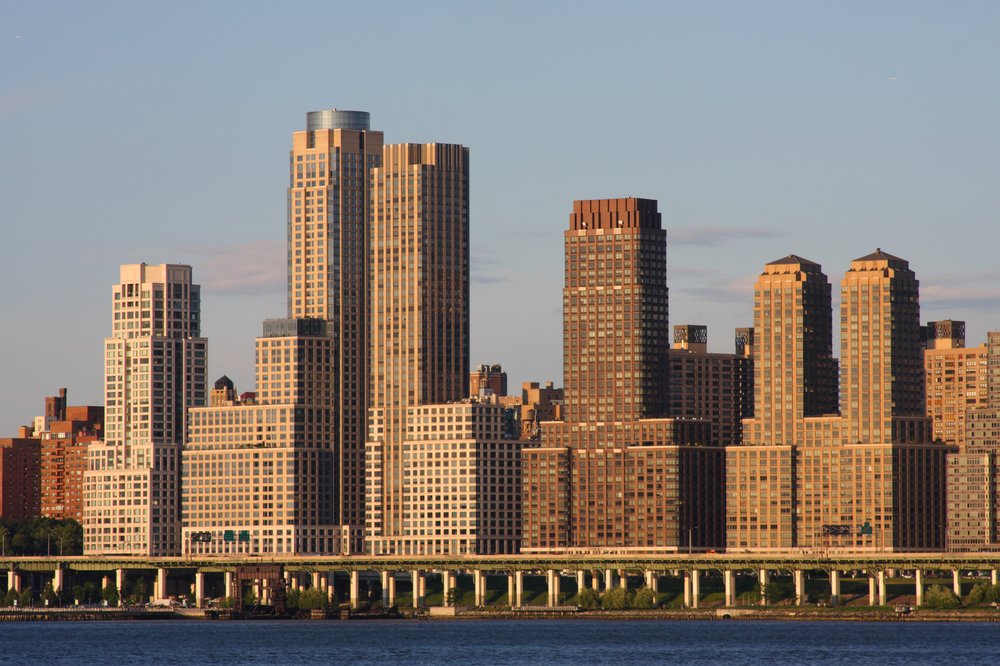Tenant asthma and mental illness rates could help NYC spot bad buildings, study finds
Feb. 20, 2024, 6:01 a.m.
A new report from researchers at NYU finds tenant health problems can help cities identify the worst landlords and most dangerous buildings.

Tenants with health issues could be the key to identifying dangerous building conditions in New York City long before someone calls 311 to report mold or heat outages, according to a new report from researchers at NYU.
The report, published this month in the journal Health Affairs, says cities like New York can use health data from people living at the same address to spot systemic problems within buildings.
The researchers examined health insurance claims from tenants living in buildings listed on the New York City public advocate’s annual “Landlord Watchlist” to measure how poor housing conditions worsen breathing problems, heart ailments and even mental illness. They also created a “housing health index” using Medicaid data from people living at 22,500 buildings in the five boroughs to predict where living conditions were the most hazardous.
The study comes as conditions deteriorate in many residential buildings across the city, especially in apartments housing low-income New Yorkers. New York’s recently released Housing and Vacancy Survey shows leaks, holes, peeling paint and rodent infestations are all on the rise across the five boroughs.
NYU associate professor Daniel Neill, one of the report’s authors, said housing agencies can use the same method to identify unsafe buildings.
“If they see that there's already a spike in asthma at that building, then they could be looking for potential violations and hazards that might actually be impacting air quality,” he said.
Neill said New York City housing officials typically inspect apartment buildings in response to complaints, including 311 calls, but could also use aggregate health data to identify potential problems and intervene to get systemic issues fixed.
“There's no reason that the city's services should be limited to reactive inspections,” he said.
Improving living conditions could also drive down rising health care costs. Medicaid makes up about a third of New York state’s total spending, according to an analysis by the Kaiser Family Foundation.
More than a quarter of New Yorkers are living with mice and rats, about 18% are using space heaters or other methods to stay warm when the building heating system isn’t working, and about 10% report mold in their units, according to the Housing and Vacancy Survey.
The survey found that over half a million households, including 1 in 4 Bronx residents, are living with at least three housing problems.
Meanwhile, the city’s Department of Housing Preservation and Development is issuing more emergency violations and completing significantly more emergency repair work than in recent years, according to the latest Mayor’s Management Report on agency performance.
Neill said the health care data could help regulators work more efficiently and identify problems before they get worse.
“If we have the right information, we can actually help the city help people,” he said. “Housing really does matter. It really does impact people's health.”
Want an NYC apartment under $2,400? Good luck with that. Public advocate unveils NYC’s landlord shame list, warns budget cuts could make it worse